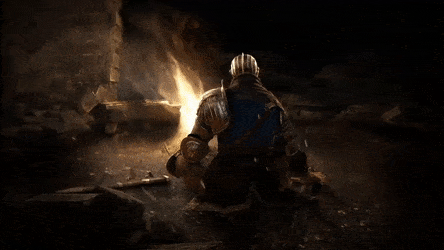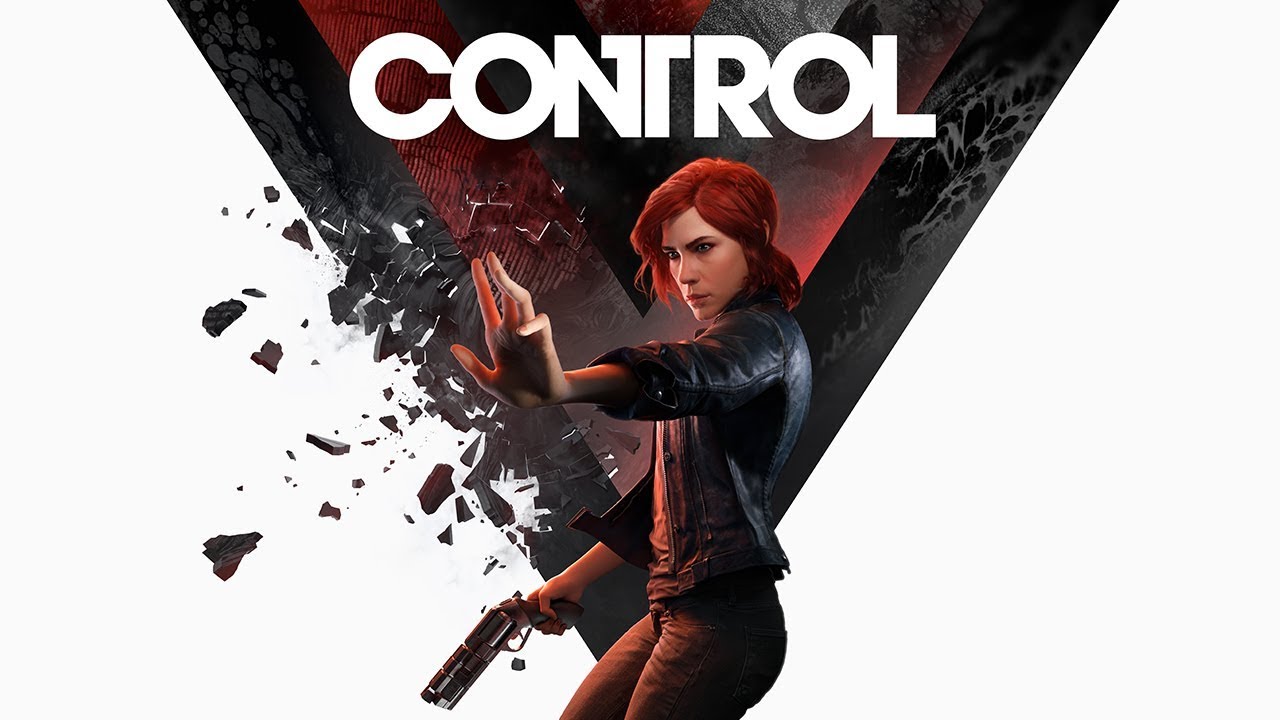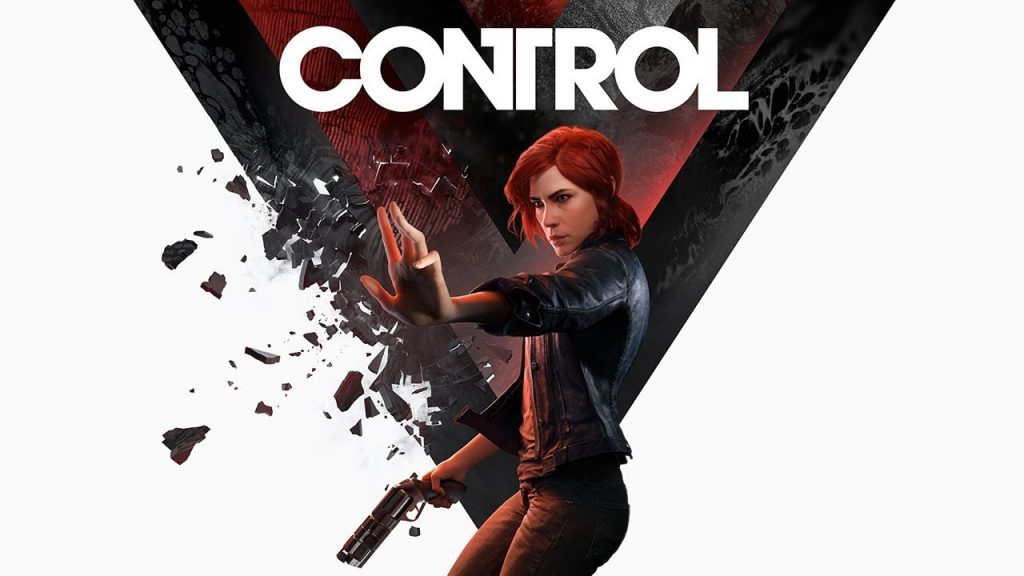
This article originally ran under a different banner/website in October of 2019 and is now being here re-uploaded for purposes of convenience and consolidation. Please enjoy.
HEAR YE!!! HEAR YE!!! MY LOYAL FOLLOWERS!!! Have you ever tried to bake a cake or pie from scratch? You merely follow the instructions only to discover you’re missing a couple of key ingredients. You try adding similar ingredients, but it causes a catastrophic disaster. THAT LADIES AND GENTLEMEN is the best way to describe the latest title in the Remedy-verse, Control. NOW I HEAR THE WHISPERS!!! That’s a pretty harsh take, Video Game Doomsayer. Surely, Control is a great game judging by all the screenshots being passed around social media. Alas, my followers, while I will admit Control is certainly visually striking and has individual components that I enjoyed, together they combine to a dreadful experience. Gather around my followers, as I tell you why Remedy Entertainment’s Control is a mess.
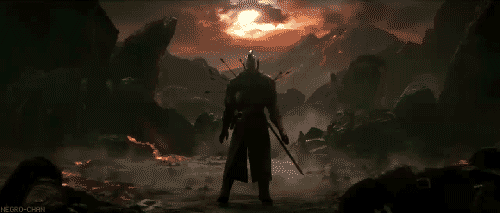
Our tale begins with protagonist Jesse Faden entering the Oldest House, a building that’s home to the Federal Bureau of Control. She’s looking for her missing brother, Dylan, who was taken by the Bureau when they were kids. Arriving in the Oldest House, Jesse learns that the Bureau is under attack from a mystical force known as the Hiss. A name that doesn’t quite fit the red mist that causes people to mindlessly babble or attempt to kill Jesse. She reaches the Director of Control’s office, only to find the Director has shot himself and his weapon has dubbed Jesse the new Director of the Bureau. Jesse is given the janitorial task of cleaning out the Hiss in exchange for a reunion with her long-lost brother, Dylan.
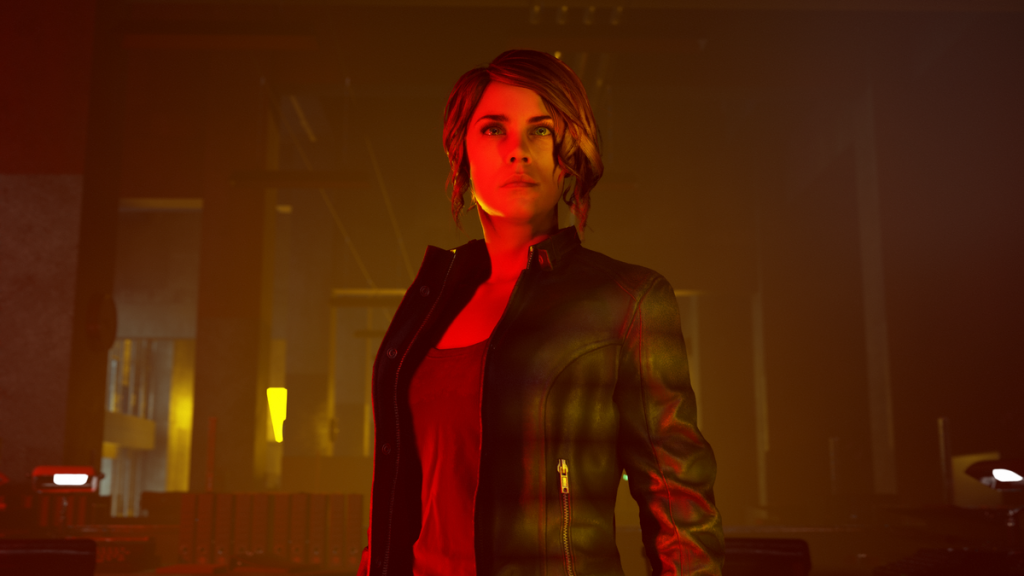
Now while I can see why people hate the Blazkowicz twins in Wolfenstein Youngbloods, I prefer them over Jesse as a character. I can understand why the twins want to rescue BJ Blazkowicz, as I spent two games playing BJ. Control gives me no initial reason to like or sympathize with Jesse. She is constantly whining about how much she wants to see her brother Dylan ad nauseam. Never once giving me any hints of the relationship between these two characters. For all I know, Dylan could have spat on Jesse every day; why would I want to rescue him? Jesse also has some sort of voice within her head that she talks to. We never hear the voice, but Jesse is always talking passive-aggressively about other characters with it. It makes me just want to scream when she starts talking. Control does show us Jesse’s background, but frankly, it is way too late in the game. During the later sections you start to find audio logs of Jesse’s therapy sessions, but at that point I already loath Jesse.
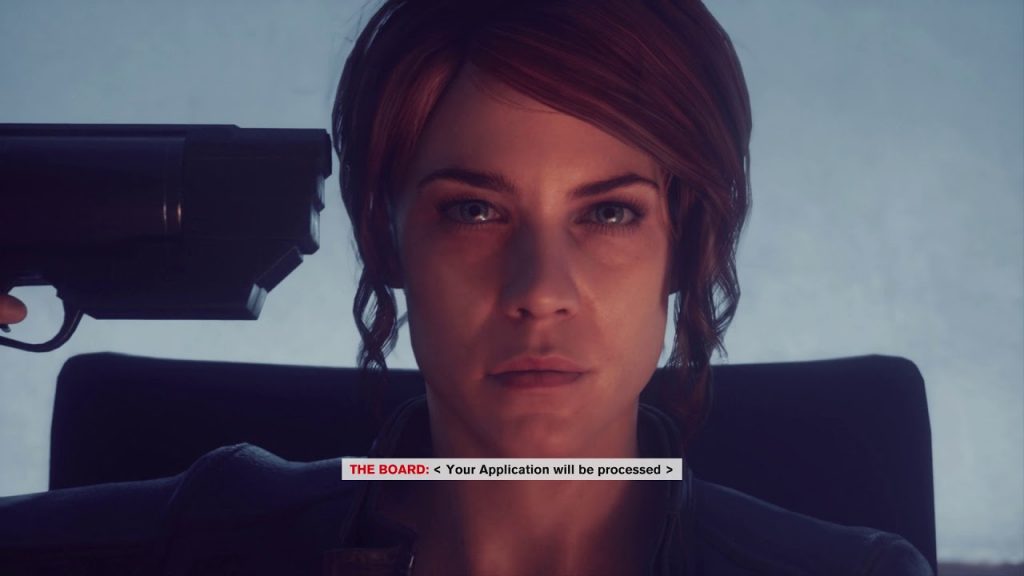
Unlike Jesse, I enjoy the world Control encompasses. However, that could be the Bureau is the great value version of the SCP foundation. For those not obsessed with supernatural fiction, the SCP Foundation is a fictional government organization that secures, contains, and protects items that violate natural law. They contain a variety of the supernatural from living Lego pieces to an abandoned amusement park that kills people to malfunctioning spaceship on Jupiter. One could say the Federal Bureau of Control is heavily inspired by the SCP foundation. The Oldest House is certainly inspired by SCP-413, with its ability to hide in plain sight and shift walls and floors. You are even able to find documents that have been redacted in a similar manner to SCP documentation. Often what drove me to press through Jesse’s moppy dialogue was the hope of finding SCP-like anomalies.
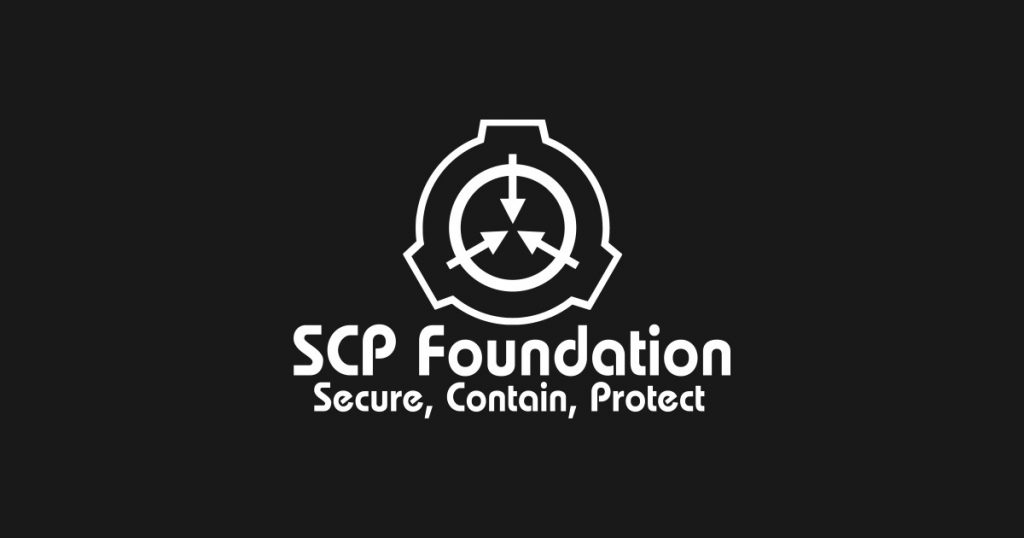
Initially hoping to find horrors, Control introduces the combat. With the previous Director’s weapon in hand, Jesse must exterminate people who have been infected by the Hiss. Control goes through painstaking detail to make Jesse’s weapon, referred to as the Service Weapon, satisfying to use. The Service Weapon has small bits of it moving in a rhythmic fashion, making the small weapon appear somewhat alive. You assume it feels like firing a Nerf gun, but the Service Weapon kicks like a mule. You can also unlock different forms that drastically change the play style. While the basic form feels like Half Life 2’s magnum revolver, you can unlock the shotgun-like form Shatter, the minigun-like form Spin, sniper-like form Pierce, and the rocket launcher-like form Charge. All forms have individual upgrades allowing you to customize them to fit your play style. I personally preferred the rattling of the Spin form and the deafening bang of the Pierce form.
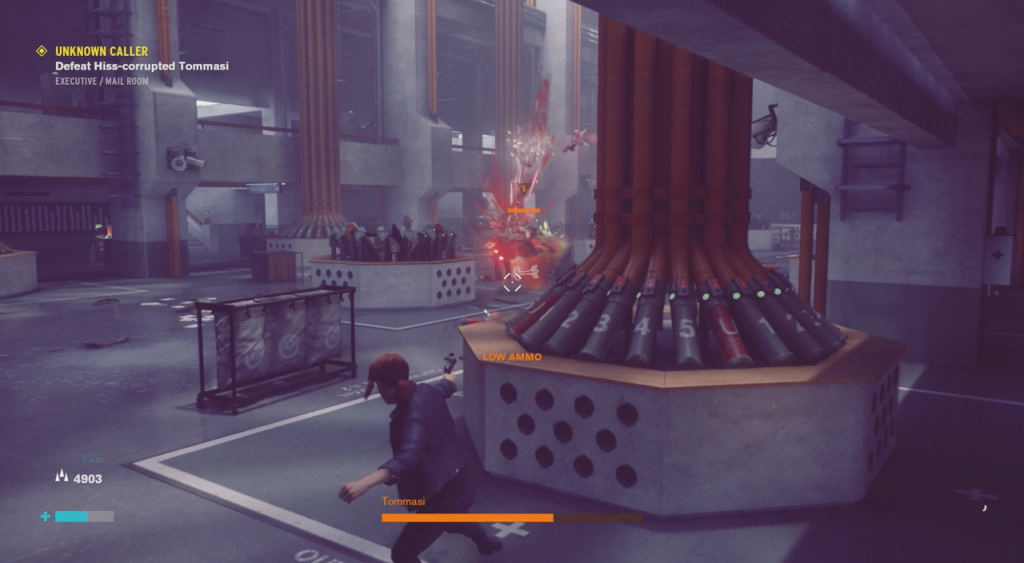
The Service Weapon doesn’t require ammo or the need to be reloaded. However, the Service Weapon does need to recharge once the clip has been depleted. During this time, Control encourages you to use your Jedi mind powers, to pick up objects and send them hurling at enemies at a high velocity. Along with your standard crates and chairs to throw, you can also grab chunks of concrete out of walls and floors to fire at enemies. It recalls memories I have of the Bioshock series, where I use my telekinesis powers to throw launcher projectiles back to whoever originally fired them in a tragic form of irony. Along with telekinesis, you also are given a dash ability and flight ability. Both abilities have similar weight as the Service Weapons, as dashing and pushing off the ground to take off cause the surrounding area to go fly backward like some invisible force was pushing against.
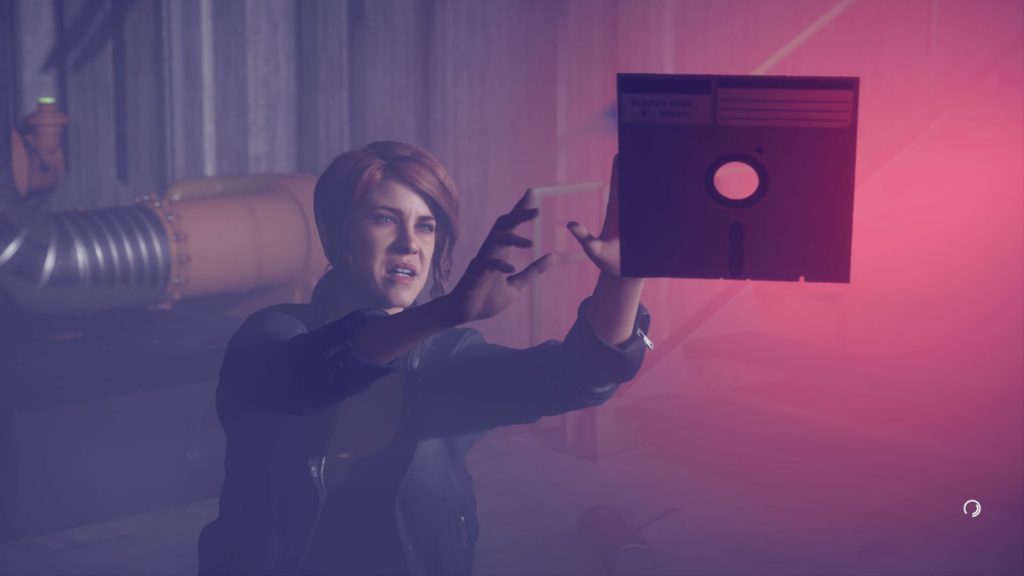
While both the gunplay and superpowers are enjoyable in a vacuum, the environment feels like it is actively fighting against your fun. For starters, most of the combat arenas are colored black and dark red. While I normally a fan of these two colors, they make it almost impossible to see anything. I lost count of the number of times I didn’t see an enemy projectile barrel down on me and shave off nearly all of my health bar. Enemies drop small little blue orbs that replenish your health, but I often found venturing for them led to my death. With the use of the dash move, I often found myself circling the group of enemies like a dog herding sheep. Ducking between cover until a projectile I didn’t see coming hits me. Then I would try to venture into the middle where all the enemies I killed dropped, but then another projectile I didn’t see would finish me off. It really felt like Remedy was trying to mimic the Waltz-like combat of Doom (2016). Unfortunately, Doom (2016) has mastered the art of weaving in and out of combat and Control is struggling with its two left feet.
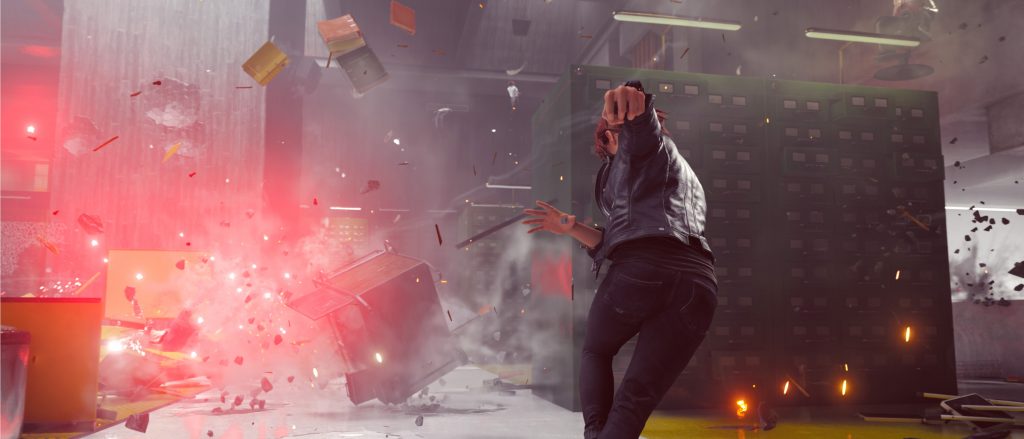
To hammer home how many lessons Control failed to learn from Doom (2016), Control’s enemy variety holds the combat back. While I was fighting generic soldiers with machine guns and pistols, the combat was as frustrating. However, as the game progresses through the game, more and more enemies with projectiles were introduced. There are soldiers with rocket launchers and grenade launchers allowing you to grab these projectiles with your telekinesis powers. However, more often than not, I found myself grabbing a chunk of the wall as the missile happily hits me square in the face. Then we are introduced to two flying enemies: one sliding around like a penguin and one planted in a chair like Professor X. Both obnoxiously float around, making hitting them with my telekinetic powers impossible. Both are capable of throwing debris that hacks away at your health bar like a meat cleaver. There is also a giant brute who has a shield that constantly refills and also can hurl rocks at your head. The icing on this horrible enemy design is the questionable medic. This enemy is just a red sphere that zips along the battlefield, forcing you to dive behind enemy lines to eliminate it first. Fail to do so this orb brings every enemy back to full within seconds. I generally walked away from the combat encounters frustrated, as it felt Control was trying to hinder my use of the new toy it gave me.
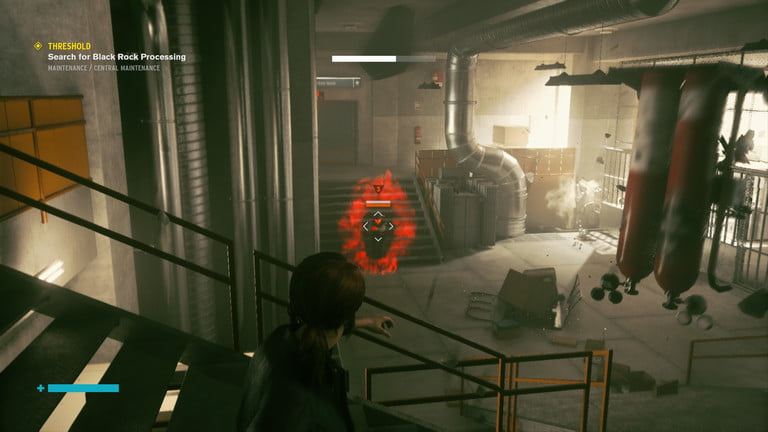
To add insult to injury, the game tries to engage you in more of these tedious gunfights than necessary. You could be in the middle of a story mission and a siren will blare with yellow text flashing on the screen. The text will try to encourage you to go back to previous floors to clean out another group of generic soldiers. I never minded visiting previous floors due to the Metrovania nature of the four floors. There will be sections locked off until you find various level key cards. I also found various sections I could only reach once I unlock my flight ability. While the exploring helped the Oldest House feel alive, I began to ignore any random gunfight Control threw at me. The combat was beginning to feel like a chore and the game was only giving me merely crafting materials for rewards. Crafting material that the game showered me in for merely exploring. I soon began to feel like the Janitor of this government bureau rather than its Director.
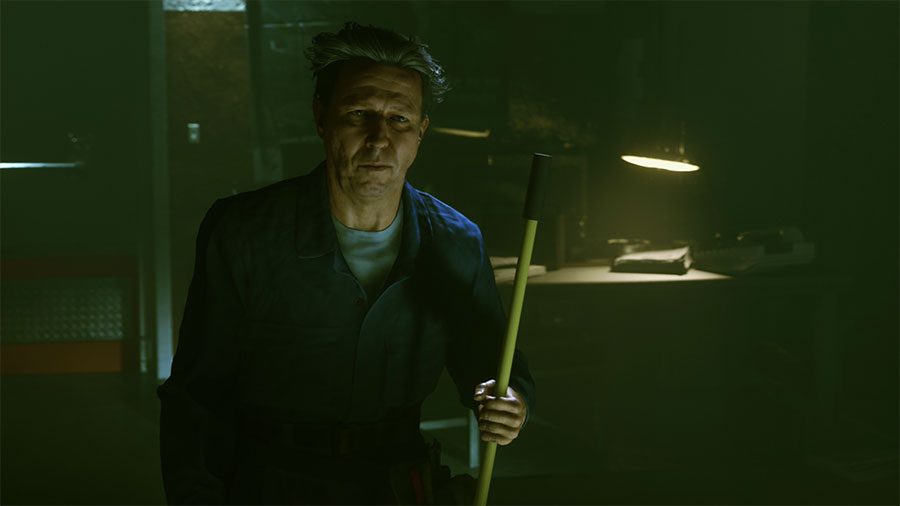
I eventually reached a point where I became so frustrated with the main quest being a conga-line of combat encounters with generic soldiers. I decided on something I generally don’t do … side quests. How could a game inspired by SCP not contain any of the more bizarre creatures from this mythos, I thought. Now I wasn’t excepting to run into insects that turn my skeleton into a hive, but surely they could use a murderous child’s toy. I set out on my own path looking for content. I eventually found a fridge that would kill people if someone wasn’t looking in its general direction; a natural homage to SPC-173. Once I interacted with said fridge I was transported to an alternate dimension where a one-eyed worm staring me down. As I began fighting this massive beast, known as The Former, many complaints about the combat washed away. Sure the Former has abilities that can wreck my health bar, but the area was well lit and his attacks were well telegraphed. It was frankly, the first moment of enjoyment I had playing Control.
After defeating this monstrosity, I ventured to see the other side quests. While one side boss was a flying enemy on steroids, all the other side bosses were just as enjoyable as the Former fight. There was an anchor that transformed into a massive ball that vomited clocks. I fought a plant boss that reminded me of enemies from Dead Space. I found a mirror that took me to a negative version of my world including an almost Dark-Link version of Jesse. After defeating these enemies, I found myself asking the same question. Why is this side content? These moments were some of the best parts of Control and to allow players the opportunity to pass on them to engage in more mundane third-person shooting seems baffling to me. Some might say that’s to show how mundane working in an organization that deals with the supernatural and how dealing with these anomalies would become routine. I would immediately slap those people in the face. GAMES SHOULD SPARK ANY EMOTION OTHER THAN BOREDOM! WE SHOULD NOT BE REQUIRED TO WADE THROUGH DULL SHOOTING JUST TO BE GIVEN A MERE MORSEL OF FUN!!!
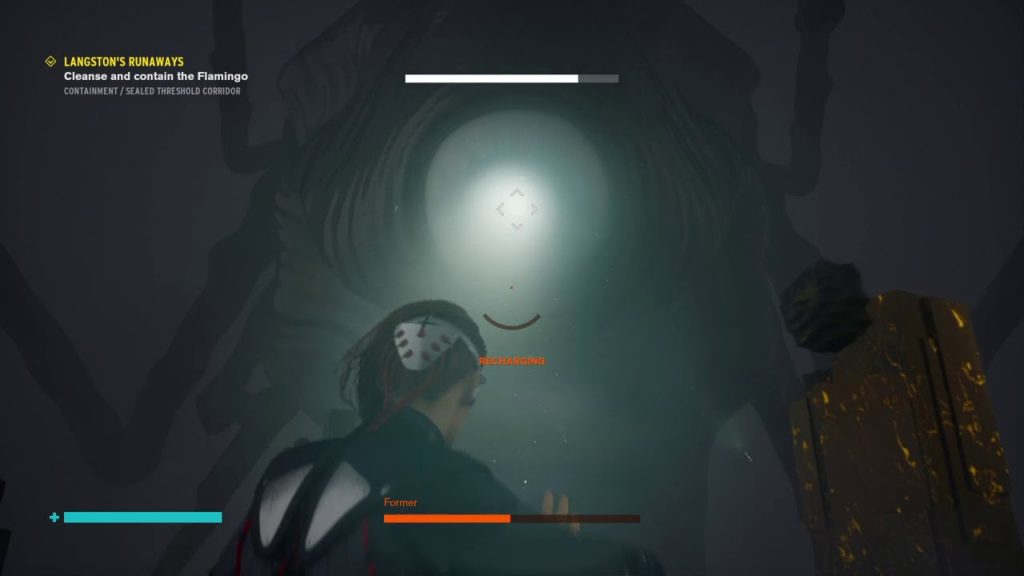
To bring us back to my earlier analogy, Control certainly has the ingredients of a good game baked into its dough. My Titanfall 2 and Marvel Spider-Man reviews should make it clear that fluid movement systems are great ways to get me drooling. The gunplay is so snappy that it often puts some first-person shooters to shame. Cough, cough, Wolfenstein: The New Order. I don’t remember any other game this year that had as exciting set-pieces as Control. The Mold-1 fight and the Ashtray maze are such captivating moments, that’s frankly buried under obnoxious main character and tedious gameplay. Altogether these ingredients combined into a great bubbling mess that resembles an elementary school volcano rather than a cake batter. I am left completely dumbfounded on how to fix it as the negative seems entangled with the positive. If you want engaging combat play Bioshock or Doom (2016), and if you want a mysterious supernatural world play SCP: Containment Breach. My only hope is Control 2 is reconstructed into the SCP version of Dark Souls. Hold on a second, that’s a good idea. I am going to go write that down.
